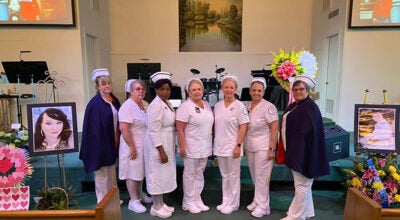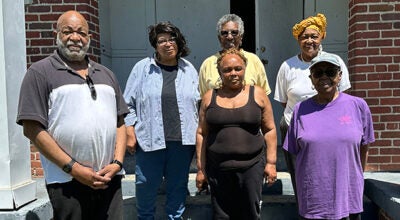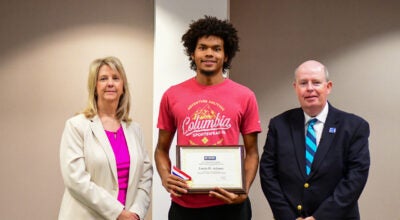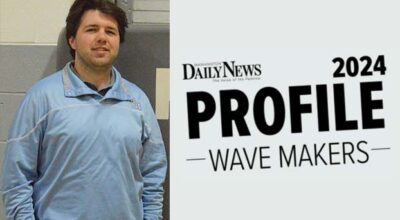Commission to review input provided at meeting
Published 5:41 pm Wednesday, September 2, 2015
Washington’s Historic Preservation Commission wants more time to study proposed changes to the historic district’s fence guidelines before making a recommendation to the City Council about those proposed changes.
The City Council has final say on any changes to existing historic district guidelines. The council would conduct a public hearing on the proposed changes before acting on them.
The commission is slated to review and discuss the proposed changes again during a special meeting Sept. 16.
During its meeting Tuesday, the commission voted 4-3 to further study the proposed changes, saying it wanted to consider information provided during its discussion of recommendations submitted by a fence committee. Among that information are suggestions by State Historic Preservation Office personnel that appear to conflict with the committee’s recommendations.
Voting to further study the proposed changes were commission Chairman Ed Hodges, Stacey Thalmann, Geraldine McKinley and Seth Shoneman. Voting against that motion were May Musselman, Judith Hickson and Monica Ferrari.
Several fence committee members urged the commission to approve its work and forward its recommendations to the council. They said the proposed changes would protect and enhance the historic district. Others, including Keith Hardt, who lives in the historic district, said many historic residents are unaware of the proposed changes. He said they should be informed of the proposed changes, have time to review those recommendations and provide their input.
Some speakers expressed concerns that the proposed changes would be too restrictive and result in “unintended consequences.” Others said privacy fences could be appropriate in some instances.
The fence committee developed several recommendations regarding fences, including reducing the height of a privacy fence from 6 feet to 5 feet, requiring a 1-inch space between the boards of a privacy fence, requiring the exterior of a privacy fence to be painted or stained and possibly banning privacy fences and welded wire fences.
“Fences are important aspects of the landscape. They help define the context of the home within. The selection of the style and the design related to the architecture of the house,” said Dee Congleton, chairwoman of the fence committee. “So, the fence committee endorses all these changes to the guidelines, with one addition.”
Don Stroud, president of the Washington Area Historic Foundation, presented the addendum, which depicts the type of fences and walls that would be allowed in the historic district. Stroud said he supports the proposed changes because they would protect the integrity of the historic district.
“I get what Mr. Stroud is saying and what the other lady said about stockade fences and things like that. My concern is that the restrictions would be so tight that people would not be able to put in something that actually goes with the house,” said Sarah Heekin, who lives in the historic district and plans to put up a white, ornamental fence that contains some metal components.
Scott Powers and John Wood with the State Historic Preservation Office in Greenville reviewed the proposed changes and provided comments about them, including comments about privacy fences.
“In some instances board fences were used historically in the rear of properties. In many of these fences the individual boards abutted each other with no space between boards. In Section 4.6.8, mandating a space 1 inch between boards is not historically accurate. We recommend examining historic photographs of the city to see what types of fences were constructed,” Wood wrote in a letter sent to Emily Rebert, the city’s preservation planner.
The letter also noted the proposed ban against welded wire fences does not make sense because welded wire and woven wire fences were in use as early as the 1930s and are part of the historic district’s historic fabric. Wood also noted “mandating that all fences be painted white is not historically accurate.”
“Requiring fences to be painted or stained with an opaque paint is fine; we recommend that requiring the use of the color white be omitted,” Wood wrote.
Hickson, a commission member who served on the fence committee, said it’s unfortunate the SHPO’s input was not provided to the commission before the meeting so it could review it and incorporate that input in the discussion Tuesday night.
“I think we have to go with where we are now. The state has given us some very different findings than we as a committee have suggested. I think we have to look at them, one way or the other,” Hickson said about further studying the issue.
A few moments later, Congleton, the fence committee’s chairwoman, said, “We stand by what we’ve done.”






